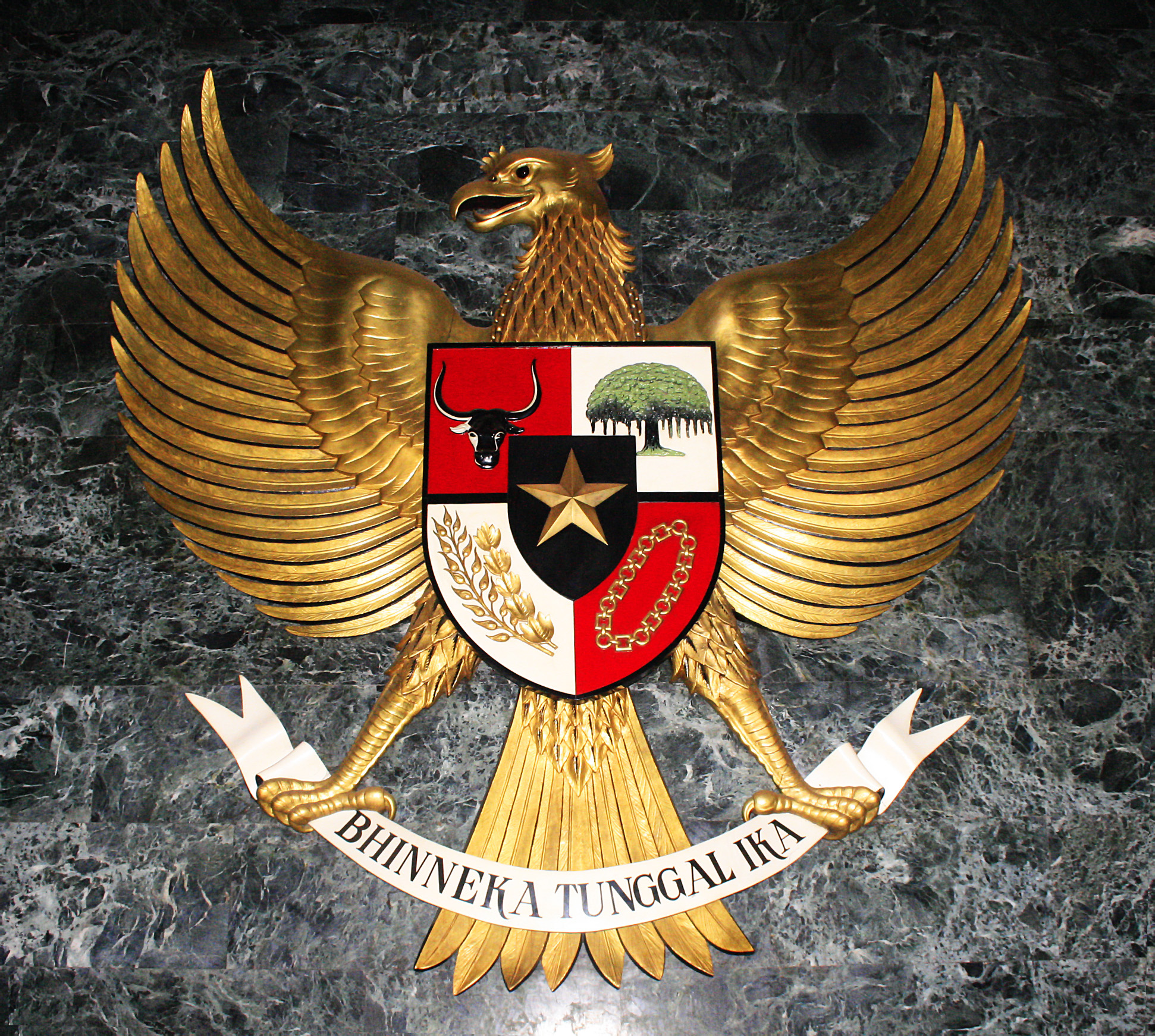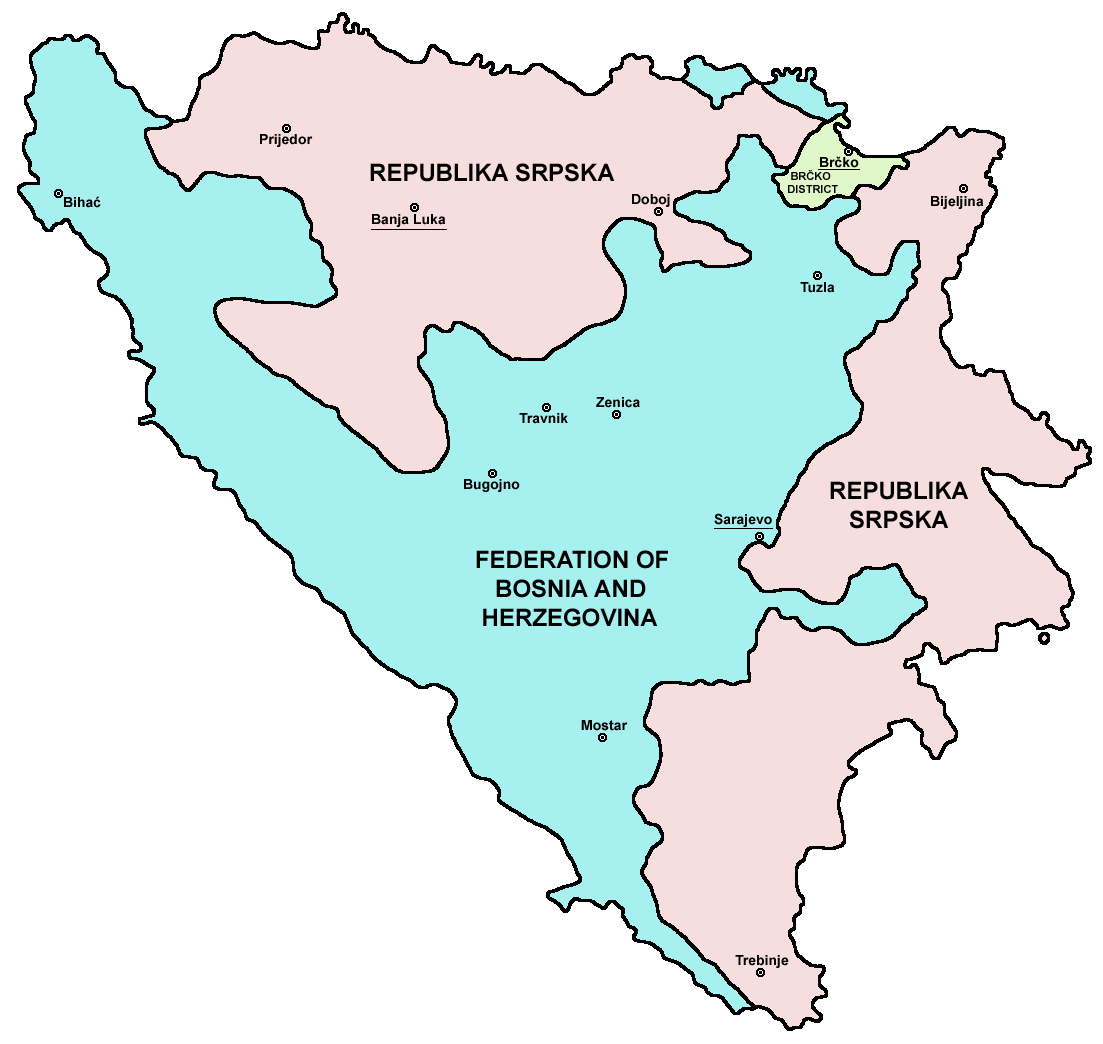|
National Emblem
A national emblem is an emblem or seal that is reserved for use by a nation state or multi-national state as a symbol of that nation. Many nations have a seal or emblem in addition to a national flag and a national coat of arms. Other national symbols, such as national birds, trees, flowers, etc., are listed at lists of national symbols. In Africa In the Americas In Asia In Europe In Oceania See also *Armorial of sovereign states This armorial of sovereign states shows the coat of arms, national emblem, or seal for every sovereign state. Although some countries do not have an official national emblem, unofficial emblems which are ''de facto'' used as national emblems are ... {{Authority control Insignia ... [...More Info...] [...Related Items...] OR: [Wikipedia] [Google] [Baidu] |
Garuda Pancasila
The national emblem or coat of arms of Indonesia is called ''Garuda Pancasila''. The main part is the Garuda with a heraldic shield on its chest and a scroll gripped by its legs. The shield's five emblems represent '' Pancasila'', the five principles of Indonesia's national ideology. The Garuda claws gripping a white ribbon scroll inscribed with the national motto ''Bhinneka Tunggal Ika'' written in black text, which can be loosely translated as "Unity in Diversity". ''Garuda Pancasila'' was designed by Sultan Hamid II from Pontianak, supervised by Sukarno, and was adopted as the national emblem on 11 February 1950. History Garuda, the discipled carrier or vehicle (vahana) of the Hindu god Vishnu, appears in many ancient Hindu-Buddhist temples of ancient Indonesia. Temples such as Mendut, Borobudur, Sajiwan, Prambanan, Kidal, Penataran, Belahan, and Sukuh depict the images (bas-relief or statue) of Garuda. In Prambanan temple complex, there is a single temple located in fron ... [...More Info...] [...Related Items...] OR: [Wikipedia] [Google] [Baidu] |
Emblem
An emblem is an abstract or representational pictorial image that represents a concept, like a moral truth, or an allegory, or a person, like a king or saint. Emblems vs. symbols Although the words ''emblem'' and '' symbol'' are often used interchangeably, an emblem is a pattern that is used to represent an idea or an individual. An emblem develops in concrete, visual terms some abstraction: a deity, a tribe or nation, or a virtue or vice. An emblem may be worn or otherwise used as an identifying badge or patch. For example, in America, police officers' badges refer to their personal metal emblem whereas their woven emblems on uniforms identify members of a particular unit. A real or metal cockle shell, the emblem of St. James the Apostle, sewn onto the hat or clothes, identified a medieval pilgrim to his shrine at Santiago de Compostela. In the Middle Ages, many saints were given emblems, which served to identify them in paintings and other images: St. Catheri ... [...More Info...] [...Related Items...] OR: [Wikipedia] [Google] [Baidu] |
Seal (emblem)
A seal is a device for making an impression in Sealing wax, wax, clay, paper, or some other medium, including an embossment on paper, and is also the impression thus made. The original purpose was to authenticate a document, or to prevent interference with a package or envelope by applying a seal which had to be broken to open the container (hence the modern English verb "to seal", which implies secure closing without an actual wax seal). The seal-making device is also referred to as the seal ''matrix'' or ''die''; the imprint it creates as the seal impression (or, more rarely, the ''sealing''). If the impression is made purely as a relief resulting from the greater pressure on the paper where the high parts of the matrix touch, the seal is known as a ''dry seal''; in other cases ink or another liquid or liquefied medium is used, in another color than the paper. In most traditional forms of dry seal the design on the seal matrix is in Intaglio (sculpture), intaglio (cut below th ... [...More Info...] [...Related Items...] OR: [Wikipedia] [Google] [Baidu] |
Nation State
A nation state is a political unit where the state and nation are congruent. It is a more precise concept than "country", since a country does not need to have a predominant ethnic group. A nation, in the sense of a common ethnicity, may include a diaspora or refugees who live outside the nation state; some nations of this sense do not have a state where that ethnicity predominates. In a more general sense, a nation state is simply a large, politically sovereign country or administrative territory. A nation state may be contrasted with: * A multinational state, where no one ethnic group dominates (such a state may also be considered a multicultural state depending on the degree of cultural assimilation of various groups). * A city-state, which is both smaller than a "nation" in the sense of "large sovereign country" and which may or may not be dominated by all or part of a single "nation" in the sense of a common ethnicity. * An empire, which is composed of many countries (po ... [...More Info...] [...Related Items...] OR: [Wikipedia] [Google] [Baidu] |
Multi-national State
A multinational state or a multinational union is a sovereign entity that comprises two or more nations or states. This contrasts with a nation state, where a single nation accounts for the bulk of the population. Depending on the definition of "nation" (which touches on ethnicity, language, and political identity), a multinational state is usually multicultural or multilingual, and is geographically composed of more than one country, eg Countries of the United Kingdom. Historical multinational states that have since split into multiple sovereign states include the Ottoman Empire, British India, Czechoslovakia, the Soviet Union, Yugoslavia and Austria-Hungary (a dual monarchy of two multinational states). Some analysts have described the European Union as a multinational state or a potential one.Kelemen, R. Daniel. (2007). In ''Making History: State of the European Union'', Vol. 8, edited by Sophie Meunier and Kate McNamara, Oxford University Press, p. 52. Countries Definitio ... [...More Info...] [...Related Items...] OR: [Wikipedia] [Google] [Baidu] |
National Flag
A national flag is a flag that represents and symbolizes a given nation. It is flown by the government of that nation, but usually can also be flown by its citizens. A national flag is typically designed with specific meanings for its colours and symbols, which may also be used separately from the flag as a symbol of the nation. The design of a national flag is sometimes altered after the occurrence of important historical events. The burning or destruction of a national flag is a greatly symbolic act. History Historically, flags originated as military standards, used as field signs. Throughout history, various examples of such proto-flags exist: the white cloth banners of the Zhou dynasty's armies in the 11th century BC, the ''vexillum'' standards flown by the armies of the Roman Empire, the Black Standard famously carried by Muhammad which later became the flag of the Abbasid Caliphate, and the various "Raven banners" flown by Viking chieftains. Angelino Dulcert published ... [...More Info...] [...Related Items...] OR: [Wikipedia] [Google] [Baidu] |
National Coat Of Arms
A national coat of arms is a symbol which denotes an independent state in the form of a heraldic achievement. While a national flag is usually used by the population at large and is flown outside and on ships, a national coat of arms is normally considered a symbol of the government or (especially in monarchies) the head of state personally and tends to be used in print, on armorial ware, and as a wall decoration in official buildings. The royal arms of a monarchy, which may be identical to the national arms, are sometimes described as arms of dominion or arms of sovereignty. An important use for national coats of arms is as the main symbol on the covers of passports, the document used internationally to prove the citizenship of a person. Another use for national coats of arms is as a symbol on coins of the associated state for general circulation. For a symbol to be called a "national coat of arms", it should follow the rules of heraldry. If it does not, then the symbol is not ... [...More Info...] [...Related Items...] OR: [Wikipedia] [Google] [Baidu] |
National Symbol
A national symbol is a symbol of any entity considering and manifesting itself to the world as a national community: the sovereign states but also nations and countries in a state of colonial or other dependence, federal integration, or even an ethnocultural community considered a 'nationality' despite having no political autonomy. National symbols intend to unite people by creating visual, verbal, or iconic representations of the national people, values, goals, or history. These symbols are often rallied around as part of celebrations of patriotism or aspiring nationalism (such as independence, autonomy or separation movements) and are designed to be inclusive and representative of all the people of the national community. Common official national symbols *The flag or banner of a nation-state *The coat of arms of the land or ruling dynasty *The seal or stamp of the land or ruling dynasty *The head of state, especially in a monarchy *The associated device and motto can a ... [...More Info...] [...Related Items...] OR: [Wikipedia] [Google] [Baidu] |
Lists Of National Symbols
These are lists of national symbols: *List of national animals *List of national anthems *List of national birds *List of national dances * List of national emblems * List of national flags *List of national founders *List of national fruits *List of national instruments (music) *List of national poets *List of national trees See also *Floral emblem *National colours *National dish *National epic *National god *National sport {{list of lists , country National symbols A national symbol is a symbol of any entity considering and manifesting itself to the world as a national community: the sovereign states but also nations and countries in a state of colonial or other dependence, federal integration, or even an e ... fr:Emblème pt:Emblema nacional ta:தேசிய சின்னம் ... [...More Info...] [...Related Items...] OR: [Wikipedia] [Google] [Baidu] |
Armorial Of Sovereign States
This armorial of sovereign states shows the coat of arms, national emblem, or seal for every sovereign state. Although some countries do not have an official national emblem, unofficial emblems which are ''de facto'' used as national emblems are also shown below. Note that due to copyright restrictions in some countries (including Canada and South Africa), some emblems are not displayed, or may be displayed with slight alterations in appearance from their official rendition, but nonetheless remain faithful to their heraldic description. __NOTOC__ Member states and observers of the United Nations A B C D E F G H I J K L M N O P Q R S T U V Y Z Other states See also * Armorial of dependent territories * Gallery of flags of dependent territories * Gallery of sovereign state flags This gallery of sovereign state flags shows the national or state flag ... [...More Info...] [...Related Items...] OR: [Wikipedia] [Google] [Baidu] |
National Emblems
*National dish
*National epic
*National god
*National sport
{{list of lists , country
Lists of national symbols,
Lists by country, National symbols
fr:Emblème
pt:Emblema nacional
ta:தேசிய சின்னம் ...
These are lists of national symbols: *List of national animals *List of national anthems *List of national birds *List of national dances * List of national emblems * List of national flags *List of national founders *List of national fruits *List of national instruments (music) * List of national poets *List of national trees See also *Floral emblem *National colours National colours are frequently part of a country's set of national symbols. Many states and nations have formally adopted a set of colours as their official "national colours" while others have ''de facto'' national colours that have become well ... [...More Info...] [...Related Items...] OR: [Wikipedia] [Google] [Baidu] |


.jpg)
.jpg)
.jpg)


